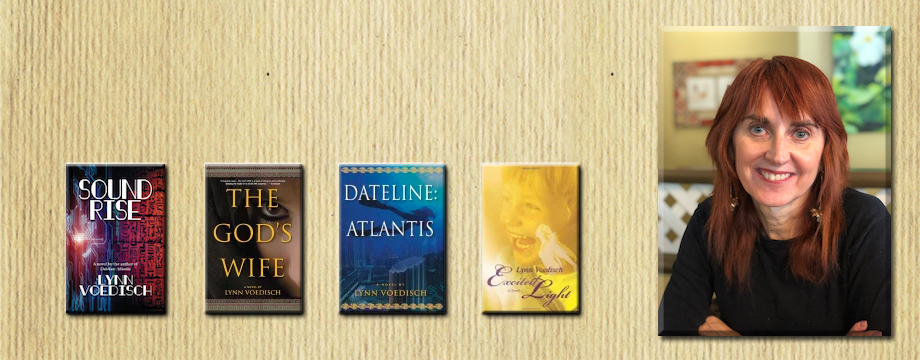Up until recently, Egyptians were the freest women on Earth. They were free to own land, marry, divorce, and live independent lives. Of these emancipated souls, one woman in several dynasties, the God’s Wife of Amun, was the freest of all. Ceremonially married to the highest god of the time, Amun, she stood second to the Pharaoh in power.
Sixteen-year-old Neferet has been thrust into the role of God’s Wife by her bossy mother, the Pharaoh’s Great Wife. Unprepared for such a high office, Neferet is not skilled in the diplomacy the job needs nor does she know anything about “pleasing” the god’s icon. Political vipers assail her head on and sexual approaches surround her.
In the 21st century, a young dancer stretches to create the perfect shapes that recall the mood of ancient Egypt. Rebecca Kirk, chosen to play a woman in a dance production of Aida, is so immersed in her role that she often falls into trances, smelling the breeze off the Nile, feeling the desert sun on her cheeks, hearing the call of priests at Karnak temple. It isn’t long before she begins to sense that in these trances she’s communicating with an Egyptian woman from the distant past.
As their worlds, separated by thousands of years, begin to grow together, Neferet starts to see Rebecca’s face in the dark of night. When someone evil begins to plot against her reign as God’s Wife, she draws on Rebecca’s strength. Rebecca, in turn, hears Neferet’s voice and sees her eyes in a theater mirror when her own world is as risk of falling apart.
What is pulling their worlds together? Is if magic or science? And, more important, what does it mean to these remarkable women?

